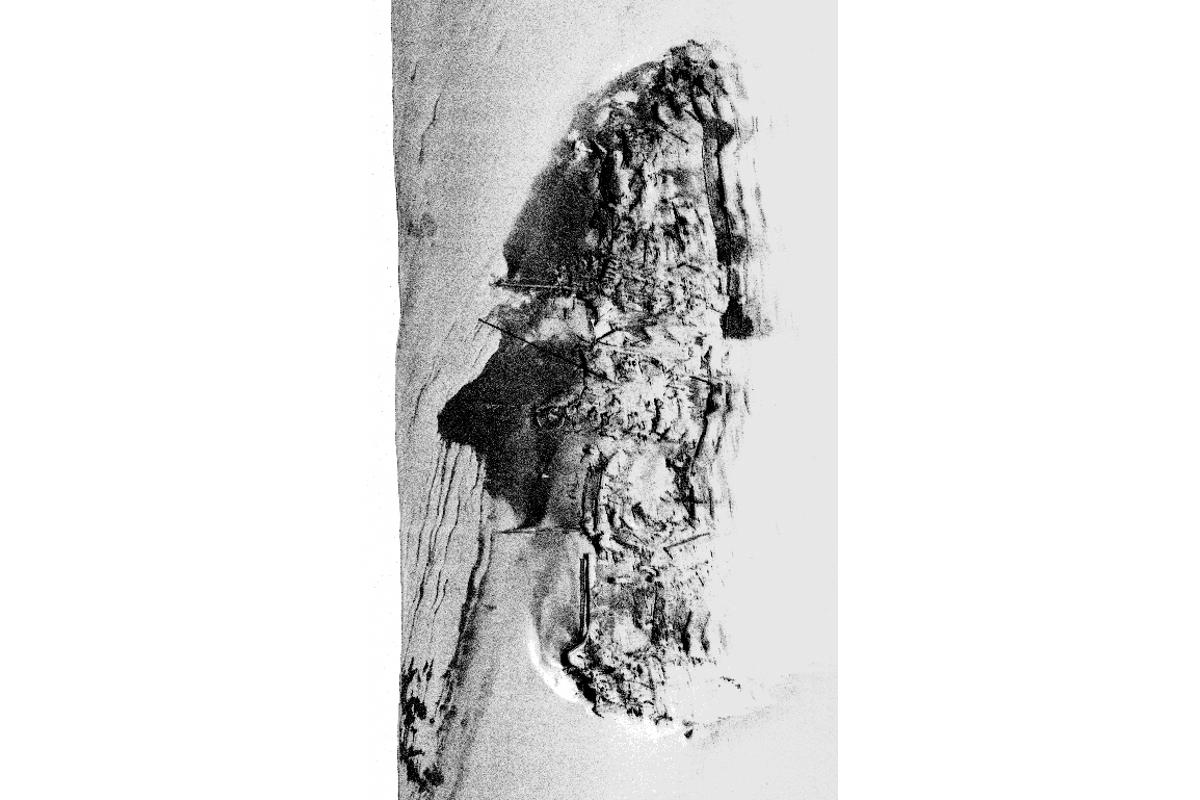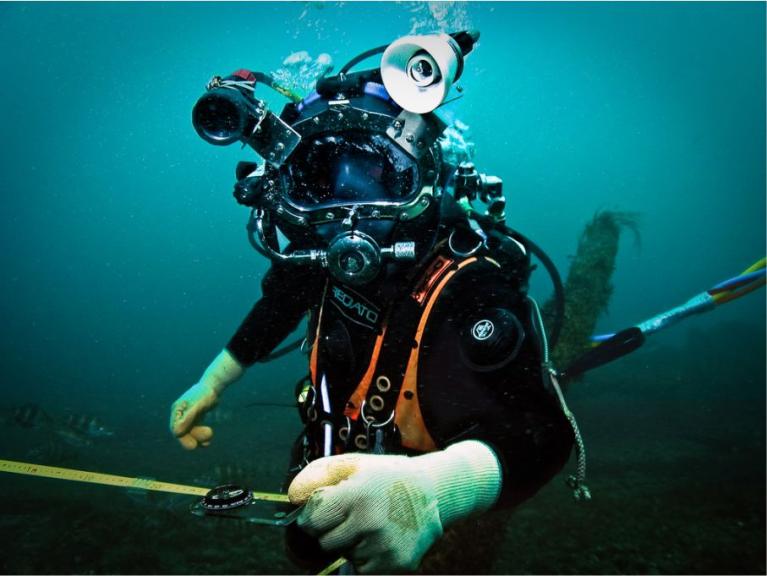A Historic Marine Protected Area (HMPA) that Wessex Archaeology has worked on is that of HMS Campania, located in the Firth of Forth. Originally designated under the Protection of Wrecks Act 1973 on 1 December 2001, HMS Campania became a HMPA in 2013 when the Act was superseded in Scotland.

A record-breaking passenger ship
Campania was launched in 1892 having been built by Fairfields at Govan and was the first Cunard vessel to do away with sails completely; instead it had twin propeller shafts. The ship broke several records for passage between Liverpool and New York including on its maiden voyage. Campania completed 255 journeys across the Atlantic before being sold to a beakers yard in Liverpool in 1914, however, the outbreak of the First World War meant that the vessel was requisitioned by the Royal Navy and converted into an aircraft carrier.
Sinking of HMS Campania
HMS Campania served as such until its sinking in November of 1918 just six days before the Armistice. The ship was anchored off Burntisland along with several others. It broke free of its anchorage and began to drift, striking other ships anchored in the Forth. HMS Revenge’s bow perforated a hole in the port side of Campania and the ship began to sink by the stern. All of the crew managed to get off the vessel safely before one of its boilers exploded and the ship sank fully. This all took place in relatively shallow water and the ship’s masts could be seen protruding from the water for the next five years until it was declared a navigational hazard and a salvage company was commissioned to clear the site. Salvage operations continued on the wreck site probably until the 1960s.
Investigation of the wreck
An archaeological survey of HMS Campania was carried out by Wessex Archaeology in 2004 on behalf of Historic Scotland (now Historic Environment Scotland) using sidescan sonar and sub bottom profiling to obtain an accurate image of the position and condition of the vessel on the seafloor. It was ascertained that, despite the extensive salvage operations, the vessel survived in good condition and features such as the main mast, flight deck and ship’s cranes were still easily recognisable.



